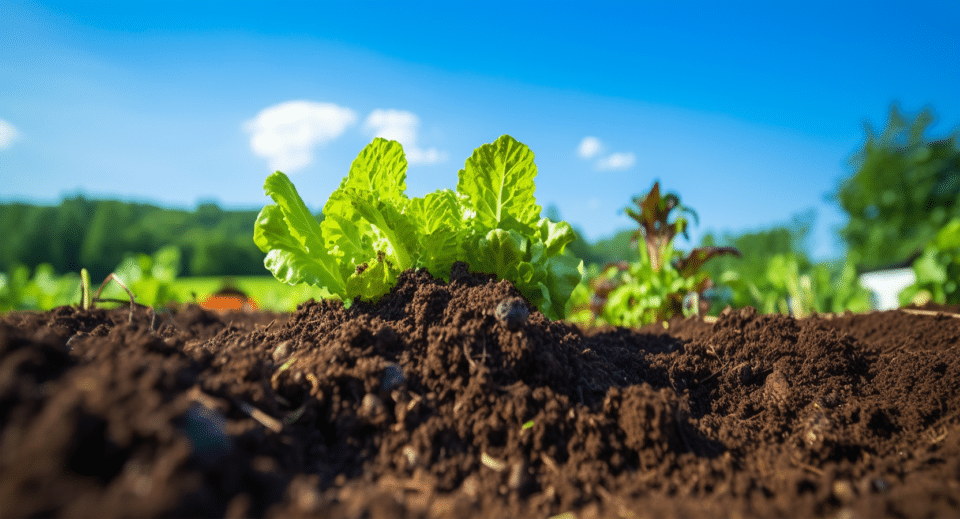Here are some Monsoon Gardening Tips because the monsoon season can be both a blessing and a challenge for gardeners. The abundant rainfall provides much-needed moisture, but it also brings unique conditions that require special care. Here are some essential tips to help your garden thrive during the monsoon:
1. Choose the Right Plants
Selecting the right plants for monsoon gardening is crucial to ensure a thriving garden during the rainy season. Opt for rain-loving plants that naturally thrive in wet conditions, such as rice, ginger, turmeric, colocasia, and water spinach. These plants are well-adapted to high moisture levels and can make the most of the abundant rainfall. Additionally, choose hardy plant varieties that are resistant to fungal diseases, which are common in humid conditions. By picking plants that are suited to the wet environment, you can reduce the risk of disease and ensure that your garden remains healthy and productive throughout the monsoon season.
- Rain-Loving Plants: Opt for plants that thrive in wet conditions, such as rice, ginger, turmeric, colocasia, and water spinach.
- Hardy Varieties: Select varieties that are resistant to fungal diseases, which are common in humid conditions.
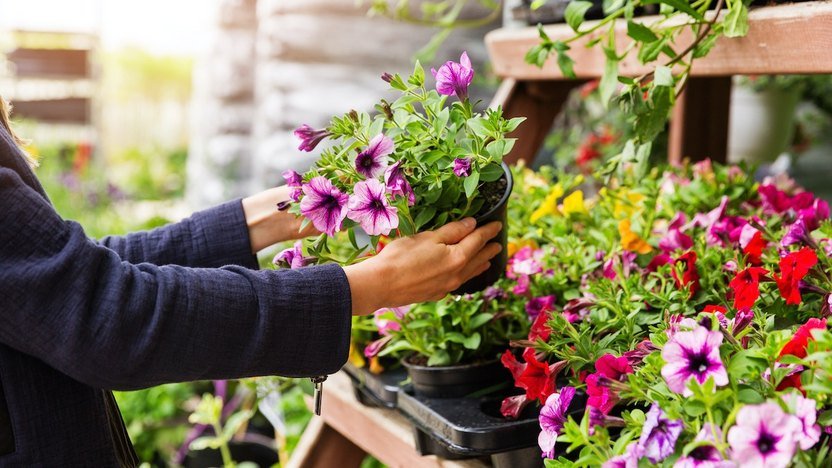
2. Improve Soil Drainage
Good soil drainage is crucial during the monsoon season to prevent waterlogging, which can lead to root rot and other plant diseases. To enhance soil drainage, start by incorporating organic matter like compost or well-rotted manure into your garden soil. This not only improves soil structure but also promotes better water infiltration and retention. Additionally, consider creating raised beds, which elevate the root zone above the surrounding soil, allowing excess water to drain away more effectively. For areas prone to heavy rainfall, adding coarse sand or perlite can further improve drainage. Finally, ensure that garden beds are slightly sloped to direct water away from plant roots and avoid pooling. By taking these steps, you can create a more resilient garden environment that supports healthy plant growth even during the heaviest monsoon rains.
- Raised Beds: Elevate your garden beds to prevent waterlogging and ensure good drainage.
- Soil Amendments: Add organic matter like compost or well-rotted manure to improve soil structure and drainage.
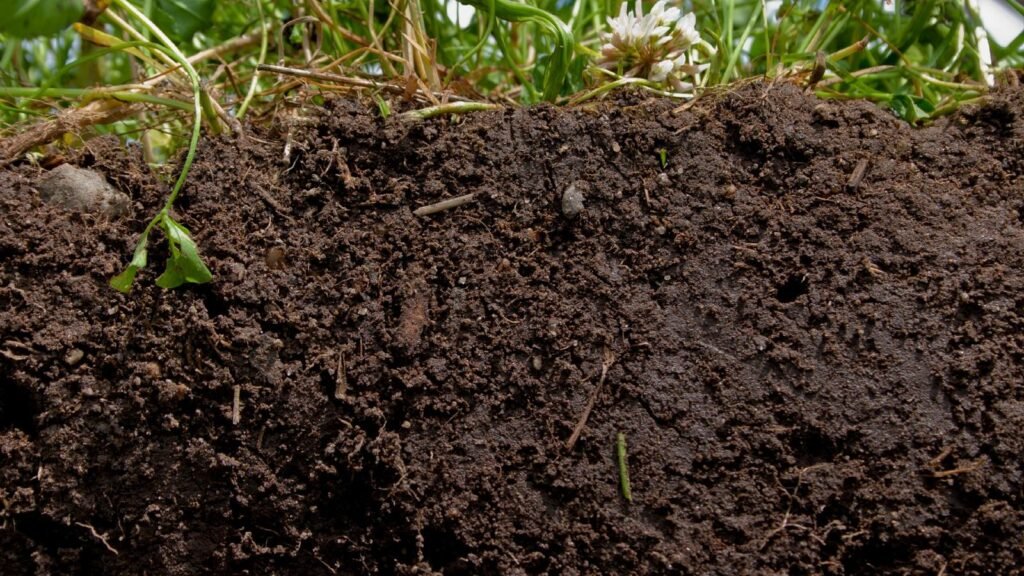
3. Mulching
Mulching is a vital practice for maintaining a healthy garden during the monsoon season. Applying a thick layer of organic mulch, such as straw, wood chips, or leaves, around your plants helps retain soil moisture, suppress weeds, and prevent soil erosion. Mulch acts as a protective barrier, reducing the impact of heavy rain on the soil and preventing nutrients from washing away. Additionally, it helps regulate soil temperature, keeping roots cool and reducing stress on plants. While mulching, ensure it is not too thick to avoid excessive moisture retention that can lead to root rot. Proper mulching not only enhances plant health but also reduces maintenance, making it an indispensable part of monsoon gardening.
- Organic Mulch: Apply a thick layer of organic mulch. Such as straw or wood chips, around plants to retain moisture, suppress weeds, and prevent soil erosion.
- Avoid Over-Mulching: Ensure mulch is not too thick, which can lead to excessive moisture retention and root rot.
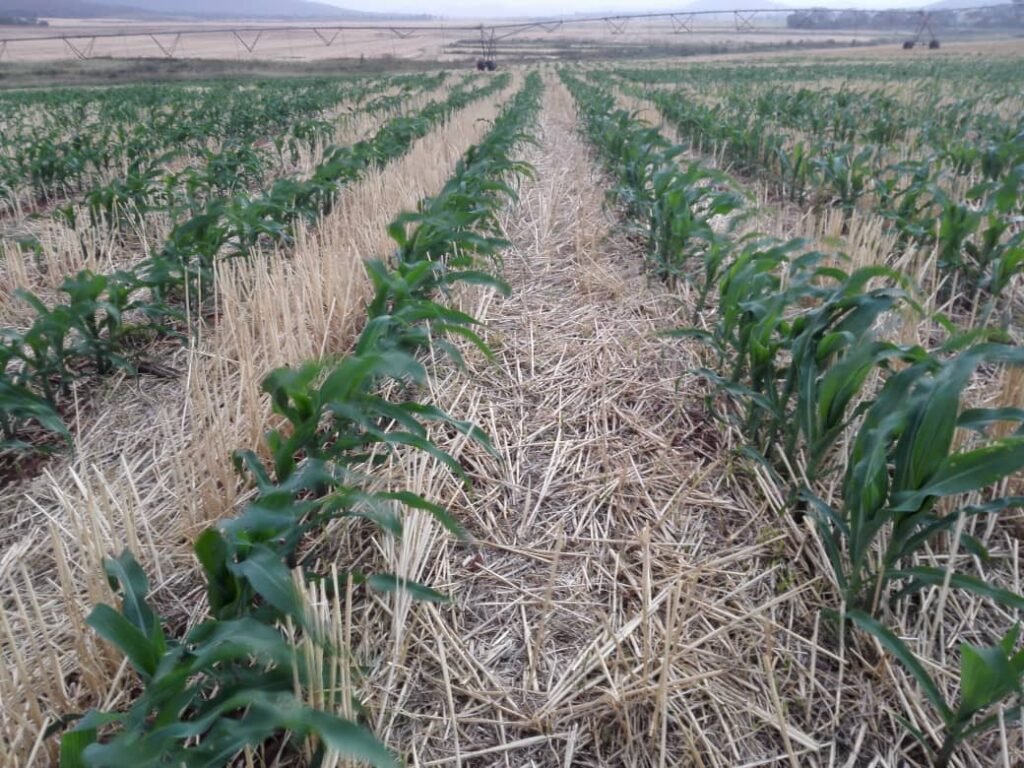
4. Pruning and Staking
Pruning and staking are crucial practices for maintaining healthy and robust plants during the monsoon season. It involves trimming excess foliage to improve air circulation around the plants. Which is vital in preventing fungal infections that thrive in humid conditions. Removing dead or diseased leaves also helps direct the plant’s energy towards new growth and fruit production. Staking, on the other hand, provides necessary support to tall or vining plants. It prevents them from falling over due to heavy rain and strong winds.
- Pruning: Trim excess foliage to improve air circulation around plants, reducing the risk of fungal infections.
- Staking: Support tall or vining plants with stakes or trellises to prevent them from falling over.
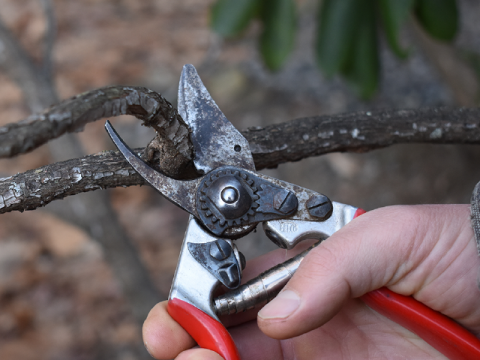
5. Weed Control
Weed control during the monsoon season requires diligent attention to prevent weeds from overtaking your garden. The abundant rainfall and warm temperatures create ideal conditions for weed growth. Regular weeding is essential to prevent weeds from competing with your plants for nutrients and water. Applying a thick layer of organic mulch, such as straw or wood chips, around your plants can help suppress weed growth by blocking sunlight from reaching weed seeds. Additionally, maintaining proper soil drainage and ensuring good air circulation around plants can help keep weeds at bay and reduce the risk of fungal diseases. By staying proactive with weeding and using mulching techniques, you can keep your garden healthy and thriving during the rainy season.
- Regular Weeding: Keep an eye on weeds, which can thrive during the monsoon. Regular weeding will help prevent them from competing with your plants for nutrients and water.
- Mulch to Suppress Weeds: Using mulch can also help reduce weed growth by blocking sunlight from reaching weed seeds.
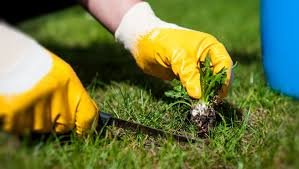
6. Pest and Disease Management
Effective pest and disease management during the monsoon season involves a combination of regular monitoring, natural remedies, and preventive measures. The increased humidity and moisture create an ideal environment for pests and fungal infections, making it crucial to inspect your plants frequently for signs of trouble. Natural pest control methods, such as neem oil, garlic spray, and introducing beneficial insects, can help manage infestations without harming the ecosystem. Ensuring good air circulation by pruning excess foliage and spacing plants appropriately can reduce the risk of fungal diseases.
- Natural Remedies: Use natural pest control methods, such as neem oil or garlic spray, to keep pests at bay without harming the environment.
- Monitor for Diseases: Regularly check your plants for signs of fungal infections or other diseases. Remove and dispose of affected plant parts promptly.
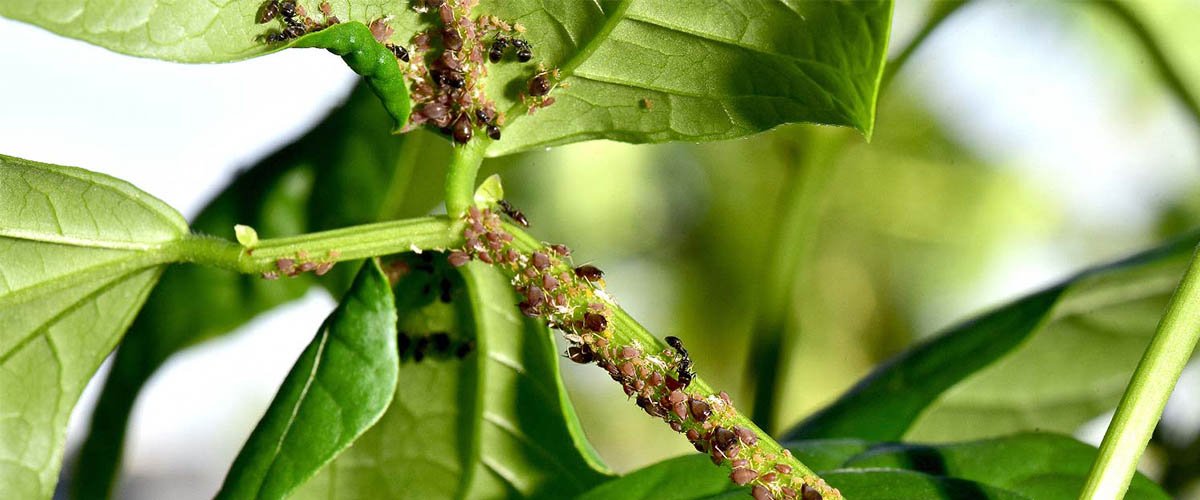
7. Proper Watering
Proper watering during the monsoon season is crucial for maintaining a healthy garden. While the abundant rainfall reduces the need for manual watering, it’s essential to ensure that plants in pots or sheltered areas still receive adequate moisture. Adjust your watering schedule to avoid overwatering, which can lead to waterlogging and root rot. Check the soil regularly to ensure it is moist but not saturated, and make sure your garden has proper drainage to prevent water from pooling around plant roots. Proper watering practices will help your plants thrive, even during the heavy rains of the monsoon season.
- Adjust Watering Schedule: Reduce manual watering during the monsoon, but ensure plants in pots or sheltered areas still receive adequate moisture.
- Avoid Waterlogging: Ensure that your garden has proper drainage to prevent water from pooling around plant roots.
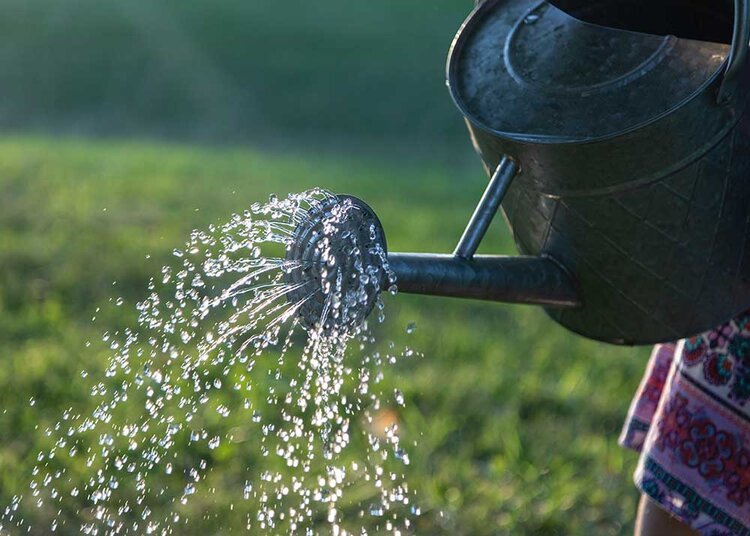
8. Harvesting
Timely and careful harvesting is crucial during the monsoon season to ensure that your crops are at their best and to prevent potential damage from excessive moisture. It’s important to harvest fruits and vegetables as soon as they ripen to avoid them rotting due to the high humidity and frequent rains. Try to harvest during dry periods if possible, as this reduces the risk of spreading diseases that thrive in wet conditions. Additionally, using clean, sharp tools for harvesting helps prevent plant damage and minimizes the risk of infections. Proper post-harvest handling, such as drying and storing produce in a cool, dry place, ensures that your harvest remains fresh and lasts longer.
- Timely Harvesting: Harvest fruits and vegetables as soon as they ripen to prevent them from rotting due to excess moisture.
- Avoid Wet Harvesting: Try to harvest during dry periods to reduce the risk of spreading diseases.

9. Protecting Delicate Plants
Protecting delicate plants during the monsoon season is crucial to ensure their survival and growth. One effective method is to use temporary shelters made from plastic or cloth to shield them from heavy rain and strong winds, preventing physical damage and waterlogging. Additionally, for potted plants, moving them to sheltered areas, such as under a porch or eaves, can provide extra protection from intense downpours. This not only safeguards the plants from excessive moisture but also reduces the risk of fungal infections and root rot. Regularly check these sheltered plants to ensure they are still receiving adequate light and ventilation, and adjust their placement as needed. By taking these precautions, you can help your delicate plants thrive even in the challenging conditions of the monsoon season.
- Temporary Shelters: Use temporary plastic or cloth shelters to protect delicate plants from heavy rain and strong winds.
- Move Containers: For potted plants, move them to sheltered areas during intense downpours.
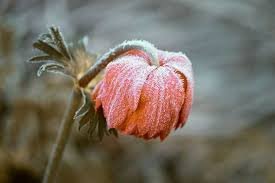
10. Enriching the Soil
The monsoon season is an ideal time to focus on enriching your soil, as the abundant rainfall and warmer temperatures create favorable conditions for soil improvement. Incorporating green manure crops, such as legumes, is an effective strategy. These plants, when grown and then turned into the soil, add valuable organic matter and nutrients, enhancing soil fertility and structure. Additionally, consider planting cover crops like clover or vetch, which protect the soil from erosion, improve moisture retention, and prevent weed growth. As these cover crops decompose, they further enrich the soil with nutrients. By taking advantage of the monsoon rains to boost soil health, you’ll set the stage for a thriving garden that can better withstand the challenges of the rainy season.
- Green Manure: Plant green manure crops like legumes, which can be turned into the soil to enrich it with nutrients.
- Cover Crops: Use cover crops to protect the soil and add organic matter once the monsoon is over.
